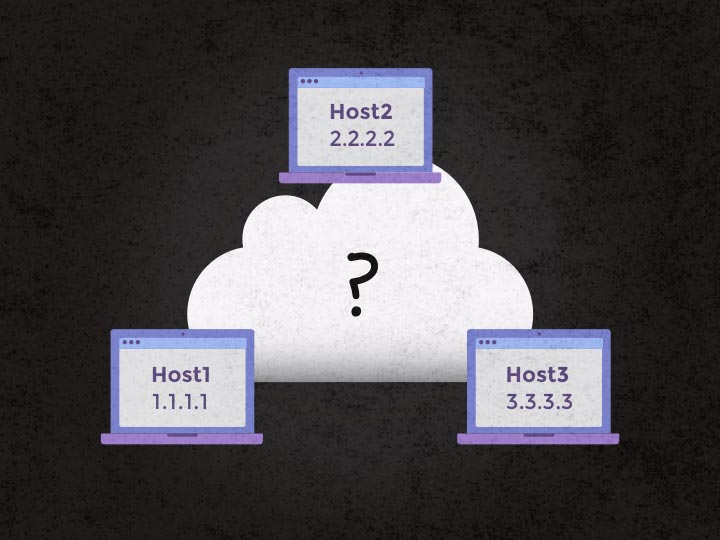| 原文 | 译文 |
| Patients with Rheumatoid Arthritis On Anti-TNF Therapy; Responders with Major Reduction In Power Doppler Activity Can Be Identified After One Month
Hilde B. Hammer, Britt Birkelund and Tore K. Kvien, Dept. of Rheumatology, Diakonhjemmet Hospital, Oslo, Norway
Presentation Number: 172
Background/Purpose: Power Doppler (PD) ultrasonography (US) detects inflammatory activity in patients with rheumatoid arthritis (RA) and is highly responsive to anti-TNF treatment. The present objective was to follow RA patients starting anti-TNF treatment with PDUS and clinical assessments to explore whether any variable could predict a major decrease in PDUS after 3 months. Methods: Patients with RA starting anti-TNF treatment were consecutively included and examined at baseline and after 1, 2 and 3 months with US of 36 joints and 4 tendons (wrist (radiocarpal, intercarpal and radioulnar), MCP 1-5, PIP 2 and 3, elbow, knee, talocrural, MTP 1-5, extensor carpi ulnaris and posterior tibialis tendons bilaterally). The PD and B-mode (BM) synovitis were scored semi-quantitatively (0-3), and sum scores from all joints and tendons were calculated. In addition, the patients were assessed clinically with DAS28, assessor global VAS (study nurse), ESR and CRP. Patients with at least 40% improvement of sum score PD at the 3 months examination was defined as responders. The results of US, clinical and laboratory assessments at baseline and after 1 month were explored by Mann-Whitney tests to examine for associations with the responders. Results: A total of 50 patients were included (mean (SD) age 51.7 (13.2) years, disease duration 7.8 (5.8) years, 74% anti-CCP positive and 84% women, with 38% using Remicade, 34% Enbrel, 16% Humira and 12% Simponi). A total of 57% of the patients were defined as PD responders, and they had significantly lower DAS28, assessors global VAS and number of swollen joints (p=0.023-0.031) at the 3 months examination. Baseline values of sum scores PD or BM, DAS28, assessors global VAS, ESR or CRP did not separate between responders and non-responders. At 1 month examination the only variable differing between responders and non-responders was the sum score PD, with a significant reduction in sum score PD in the responders versus non-responders 7.4 (8.6) versus -0.5 (7.3) (p = 0.002, figure 1A and B). Conclusions: PD activity is associated to erosions in RA patients. However, in the present study more than half of the patients achieved a major decrease in PD scores after starting anti-TNF treatment. It is an advantage to identify responders early, and the present results indicate that a significant reduction of PD activity already after 1 month predicts response to biological treatment.
| 抗TNF治疗RA患者有效者在一个月后可见能量多普勒超声活性显著的下降 Hammer HB,et al. ACR 2011. Presentation Number: 172
背景/目的: 能量多普勒(PD)超声影像(US)能检测活动性类风湿关节炎(RA)的炎症活动度, 并对抗TNF治疗高度敏感。本研究目的是随访开始接受抗TNF治疗的RA患者的PDUS和临床指标, 以探索可以预测 3个月后PDUS主要变化的变量。 方法: 连续纳入开始接受抗TNF治疗的RA患者, 并纪录其36个关节和4个肌腱(腕(桡掌、掌间和桡尺)、MCP1-5,PIP2/3, 肘, 膝, 跟骨小腿, MTP1-5, 双侧尺侧腕伸肌和后胫肌腱 )基线水平及1、2、3月后的US变化。对PD和B形(BM)滑膜炎进行半定量积分(0-3), 计算所有关节和肌腱的分值总和。同时, 临床评价患者DAS28积分、总体目测评估(研究护士)、ESR和CRP。3个月时总PD积分改善40%以上的患者视为有效。应用Mann-Whitney方法验证基线水平和治疗1月时US、临床和实验室检测值与疗效的相关性。 结果: 总共纳入50例患者, 平均 (SD) 年龄为51.7(13.2)岁, 病程7.8(5.8)年, 74%患者抗CCP抗体阳性, 84%为女性, 用药情况为38%类克、34%恩利、16%修美乐以及12%戈利木单抗。 其中57%患者定义为PD有效者, 并在3个月随访时有DAS28、总体目测评估值和肿胀关节数的显著改善(P=0.023-0.031)。基线水平时的总PD积分、BM、DAS28、总体目测评估值、ESR或CRP在有效或无效患者组中并无差异。1个月随访时, 只有总PD积分在两组中有差异, 其在有效患者组中明显减少7.4(8.6),而无效组中为-0.5(7.3) (P=0.002,图1A和B). 结论: PD的活动度与RA患者的骨侵蚀相关。本研究中, 超过半数的患者在接受抗 TNF治疗后, PD积分明显改善。这将有利于早期甄别治疗有效者, 已有的结果显示生物制剂治疗后1个月PD活动度的显著降低可以预测患者的疗效。
|
|
| |




![扫描线三巨头 hdu1928hdu 1255 hdu 1542 [POJ 1151]](https://img.php1.cn/3c972/245b5/42f/19446f78530d3747.jpeg)



 京公网安备 11010802041100号
京公网安备 11010802041100号